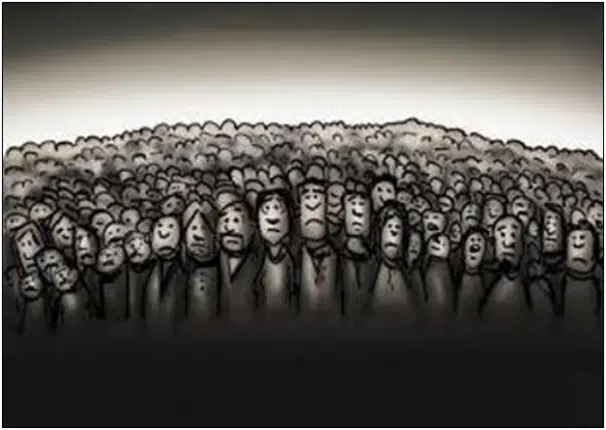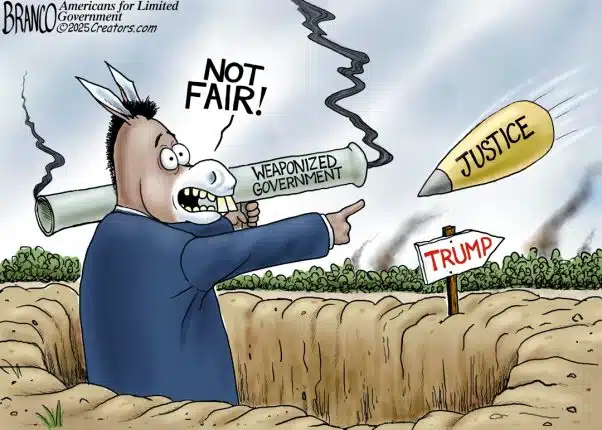By Robert Romano – Can’t these guys count?
Credit rating agencies Moody’s, S&P, and Fitch have explicitly warned that if Congress does not enact a fiscal consolidation plan totaling at least $4 trillion over the next ten years, the nation’s Triple-A credit rating will be downgraded.
In this context, on July 25, competing proposals were released by the House and Senate that cut $3 trillion and $2.7 trillion over ten years, respectively.
Are they kidding? The House and Senate are double daring the credit rating agencies to make good on their downgrade threat.
On the side of caution, one might imagine that in order to avert a downgrade, the only proposals on the table right now would reduce borrowing by at least $4 trillion. Even on a conservative basis, it might have been wise for both chambers of Congress to overshoot the $4 trillion mark of minimum savings by several trillion more. Why?
Because all of the baseline assumptions related to tax revenue by the Office of Management and Budget and the Congressional Budget Office are predicated on economic growth assumptions that are, to say the least, extremely rosy.
The Office of Management and Budget’s baseline scenario already has revenues rising from $2.174 trillion this year to $4.820 trillion in 2021. For the savings under either proposal to be realized, revenues will have to grow by 120 percent in the next ten years, and the economy will have to practically double in size.
If those numbers are wrong and revenue only rises to $3.5 trillion in 2021, the debt will actually increase by more than $7 trillion above the projected baseline, more than erasing any savings from either plan.
When one delves further into Moody’s criteria governing a downgrade, both proposals will likely fail to avert a downgrade should interest owed reach 18 to 20 percent of revenue paid to the Treasury. The trouble is that at $430.4 billion, gross interest already reflects 19.79 percent of revenue.
Perhaps congressional leaders have received private assurances from the credit rating agencies that these proposals will avert a credit downgrade. Or, maybe they have secret knowledge of robust economic growth coming in the next ten years.
Or, perhaps they don’t take the threat of a downgrade seriously at all.
Considering that both proposals are being presented as political solutions to what amounts to a math problem, it appears most likely that this threat is not being taken seriously.
And that should make all Americans nervous.
What makes these politicians think the U.S. is impervious to a credit downgrade? Other sovereigns who are subject to the same credit ratings — that too have been downgraded — are likely to demand equal treatment for the greatest debtor of all, the U.S., when it fails to meet the basic threshold set by the agencies in defining fiscal sustainability.
Those who assume an American monopoly on creditworthiness are risking everything in exchange for very short-term political calculations that will become irrelevant.
Now, neither political party in Washington is offering even a minimum solution to the gargantuan debt crisis we face, when soon the debt will become so large it cannot possibly be repaid.
Yet if either the House or Senate proposals pass, they will fall short of the $4 trillion minimum necessary to get our fiscal house back in order. If we are downgraded, it will have been from a failure of courage and leadership of both political parties in Washington.
Robert Romano is the Senior Editor of Americans for Limited Government.






